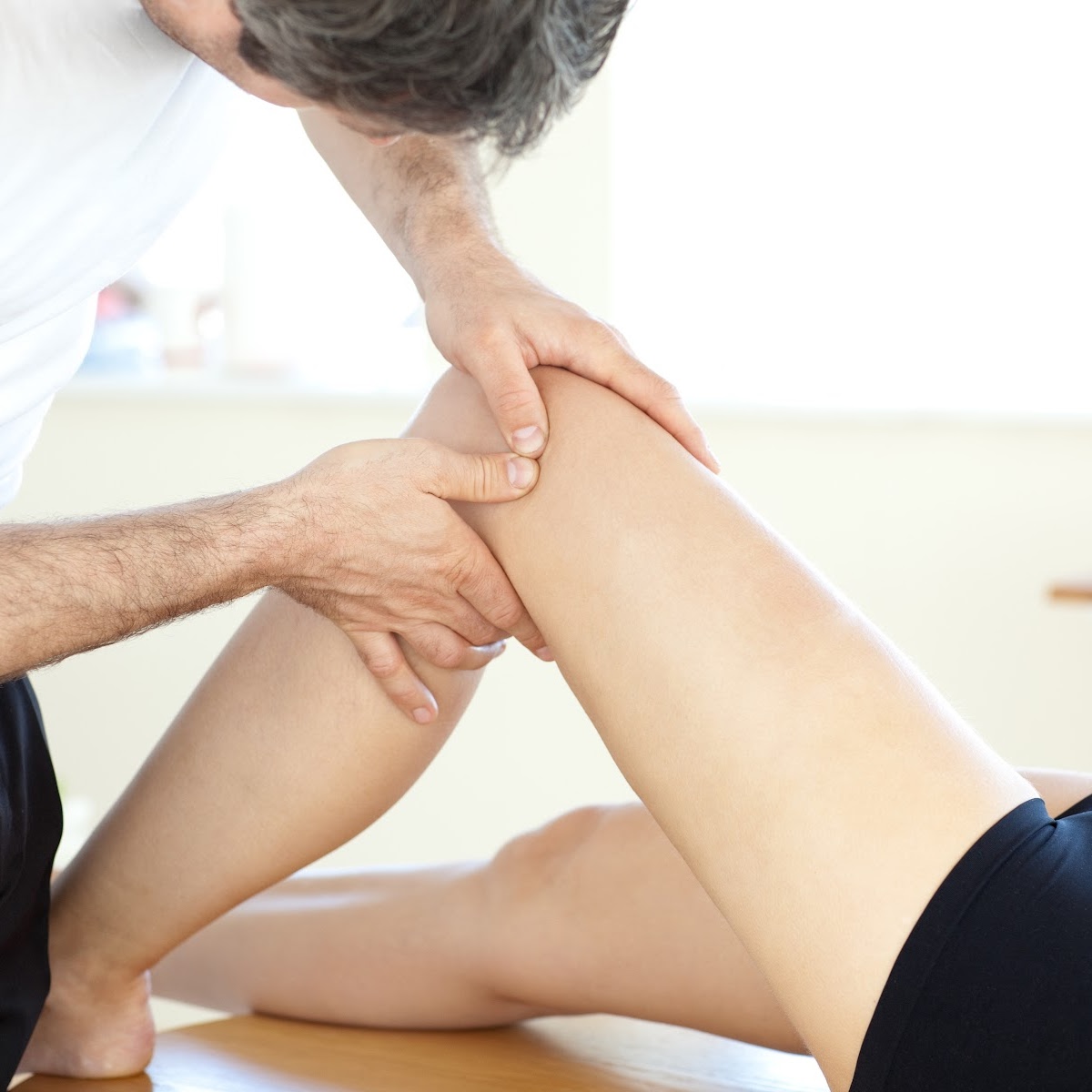Why Choose Active Release Technique (ART) Over Traditional Massage Therapy?
Patients commonly ask, “why should I choose active-release therapy over traditional massage?” The short answer is that ART offers a different type of physical manipulation than massage therapy; the active release technique is much like massage therapy’s bigger, rougher sibling.

The long(er) answer is that the two modalities have some key differences.
The active release technique is a manual therapy that combines gentle pressure and active movement to reduce adhesion pain in the muscle and connective tissue. Massage therapy generally uses static pressure and very passive movements to release muscle tension.
In relation to the active release technique, the mechanism of breaking up the adhesions between the muscle and connective tissue lends to a greater range of motion and reduced pain. Like traditional massage therapy, ART will also help to improve circulation and reduce inflammation.
One is not remarkably “better” than another, but they do have distinct functions. If adhesions are causing your pain, poor mobility, and reduced function, then the active release technique (ART) is the better option. However, traditional deep tissue massage therapy is a great stand-alone option in relation to relieving muscle tension, mild headache pain, and relaxing your muscles after exertion. Either way, the healthcare team at Core Therapeutics Physiotherapy in Mississauga will suggest an individual treatment plan that will address your specific needs.
What Are Adhesions?
Adhesions are bands of scar tissue that form between connective tissue and muscle. The creation of scar tissue is generally due to repetitive motions (like playing tennis, golfing, or typing), a trauma in relation to accidents, or surgery. The developed scar tissue can attach to tendons, ligaments, and muscles, causing them to bind together. This then limits your range of motion, leading to pain.
The therapist gently applies pressure while stretching the affected area during the active release technique. The goal is to loosen the adhesions and reduce the pain while improving the range of motion. ART is commonly used to treat:
- Carpal tunnel syndrome
- Shin splints
- Chronic headaches
- Back pain
- Tennis elbow
- Shoulder pain
- And much more…
The most common side effects people report are:
- Bruising and swelling
- Pain or discomfort at the treatment site
- Nausea and vomiting
- Lightheadedness/dizziness
The Team at Core Therapeutics Physiotherapy
Our Registered Massage Therapists at Core Therapeutics Physiotherapy are highly trained in performing therapeutic massage. This manual therapy seeks to heal injury and optimize function by manipulating the body’s joints, soft tissues, and nervous system.
Our vastly experienced therapists pride themselves on their knowledge and industry-leading techniques, incorporating ART, PNF, Myofascial Release, Strain/Counterstrain, and various other modalities to bring about a fast and effective solution to any Orthopaedic, Neuromuscular, Musculoskeletal or Sports Injury related condition.
Whatever your core needs are, our team will guide you toward healing in a way that best suits your individual pathway to recovery. If you are in the Mississauga area, connect with our team at Core Therapeutics Physiotherapy for an in-person consultation with a team member.
We hope you have found this article helpful in discovering why you may choose the active release technique (ART) over traditional massage therapy.

